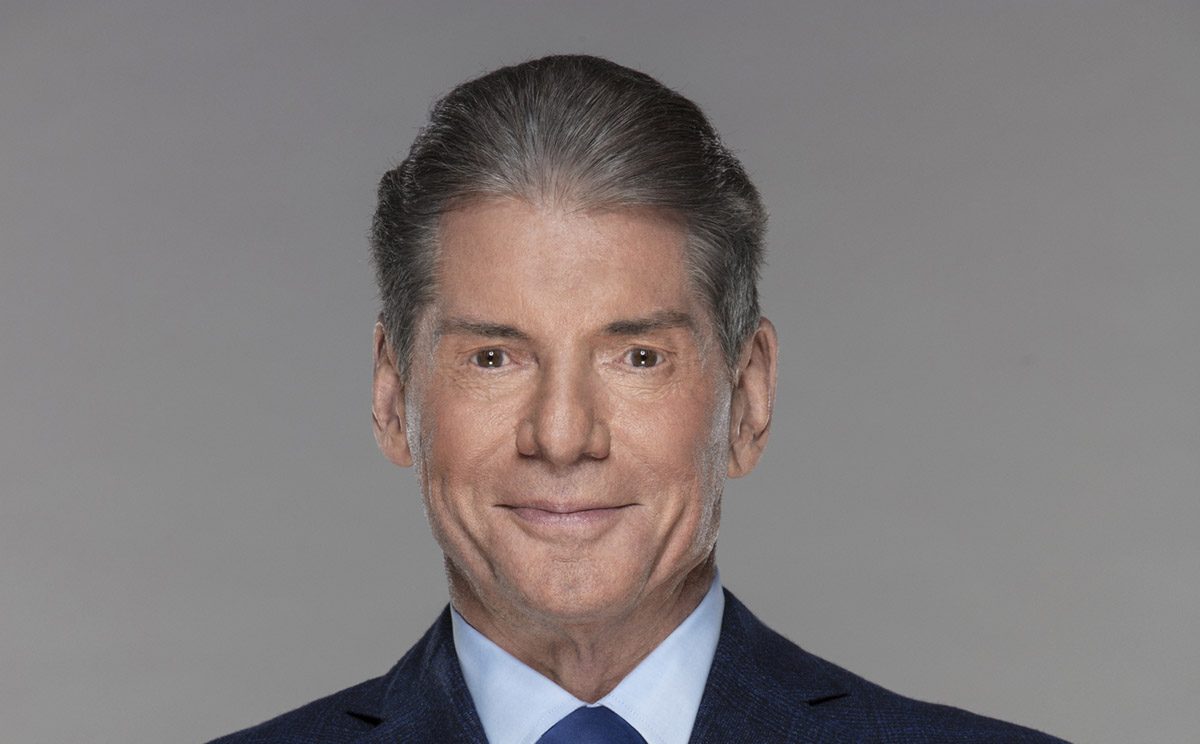The 2022-23 rounds of conference realignment have taken a lot of criticism, especially around added travel distances and time. And while realignment is largely about football money, there are going to be larger impacts for many other sports that play more games. The latest criticism of realignment, and specifically the Atlantic Coast Conference adding two Pacific Coast schools (Stanford and Cal; they also added Dallas-based SMU) came in an unusual venue, though: on the US Open tennis coverage Friday, where ESPN announcers Brad Gilbert and Pam Shriver blasted that while calling a match.
Some of the best conference realignment analysis is actually happening at the US Open. pic.twitter.com/qRnuU3KIIn
— Awful Announcing (@awfulannouncing) September 1, 2023
There, Gilbert says “I just read this morning that Cal and Stanford are going to go to the ACC, or something like that? The logistics now of college is ridiculous. You should just have one conference, all teams.” And Shriver says “Yeah, how can you be in the Pac-12, which stands for Pacific, and then end up in the Atlantic?”
To start with, yes, both men’s and women’s tennis are ACC sports, and ACC schools are the reigning national champions on both the men’s (Virginia) and women’s (North Carolina) sides. And Stanford made it to the women’s semifinals and the men’s third round of those respective NCAA tournaments this year, with Cal making the first and second rounds there respectively. So there is a tennis component to this realignment discussion, and those are going to be amongst the programs likely hit by extended travel. (And Cal and Stanford have found incredible amounts of success with non-football programs in general, and those programs deserve discussion even amidst a realignment primarily focused on maximizing football TV revenues.)
And that Pacific to Atlantic point is one many have been wondering about, especially when it comes to the travel time and costs. And Cal and Stanford are joining the ACC at a severely reduced revenue share, taking only 30 percent of a conference media distribution share for their first seven years and not receiving 100 percent until their 10th year. (SMU is not receiving any media shares for the first nine years.)
So there are many scratching their heads over this particular move, which was even controversial inside the ACC. Up until Friday, it wasn’t clear that there were the votes for these additions. But this does give that conference three more members, so the departure of some or all of Florida State, Clemson, and UNC would not trigger an automatic renegotiation with ESPN (which holds 100 percent of the ACC’s media rights through 2036).
And that’s the particularly notable part of this being discussed not just on a tennis broadcast (nd but on an ESPN tennis broadcast. Yes, ESPN is not behind every single move in conference realignment: in particular, the Big Ten ones have been largely to fully funded by rival Fox. But ESPN has been linked to a lot of them, despite attempts to push back on that.
So that draws some backlash when criticisms of realignment air on ESPN networks. Of course, as with Wright Thompson’s recent College GameDay essay or Rece Davis’ March joke, these comments aren’t coming from anyone involved in realignment. These are on-air figures, not network executives and negotiators. But it’s still amusing to see critical realignment discussion on ESPN given how much of a role ESPN has in the entire college sports ecosystem, including realignment. (And this is far from the most tangential thing that’s been brought up around the US Open recently.)
[Awful Announcing on Twitter; US Open graphic from ESPN Press Room]







